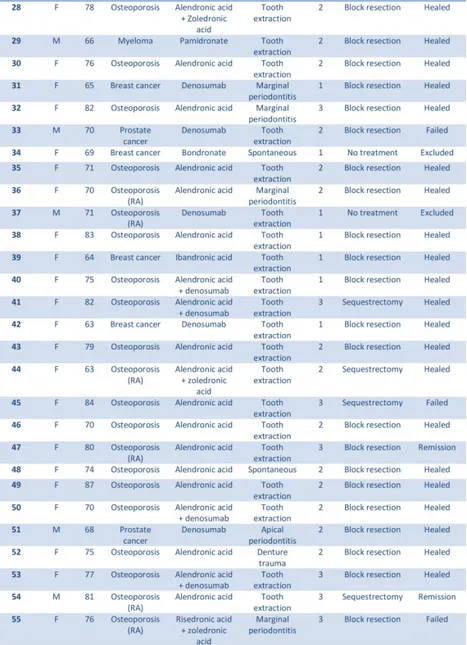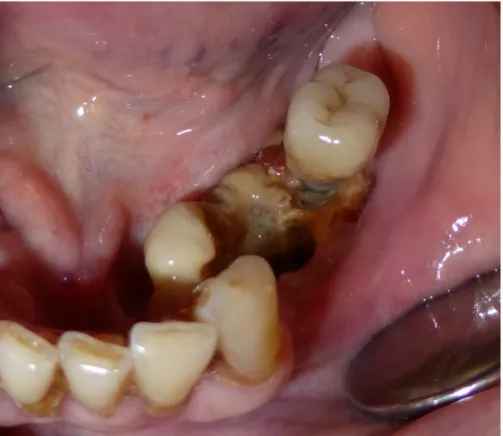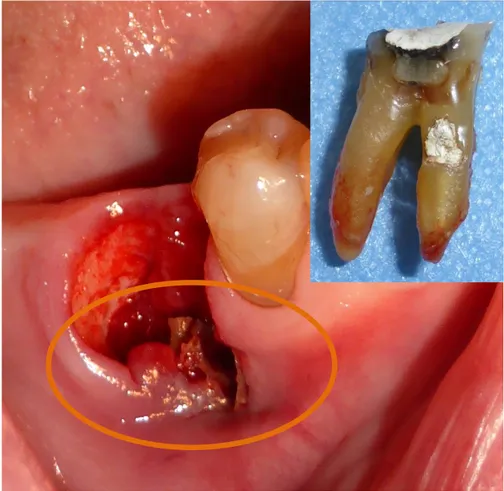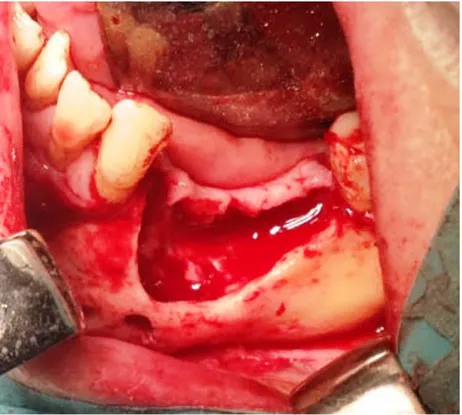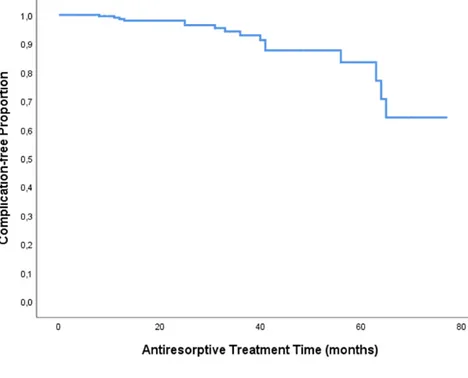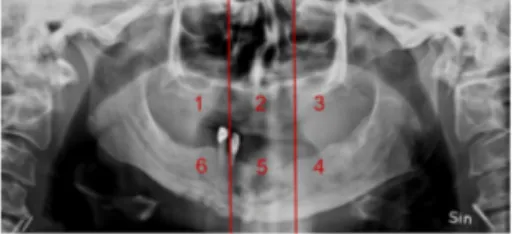DOCT OR AL DISSERT A TION IN ODONT OL OG Y FREDRIK HALLMER MALMÖ UNIVERSIT
MEDIC
A
TION-REL
A
TED
OS
TEONECR
OSIS
OF
THE
JA
W
FREDRIK HALLMER
MEDICATION-RELATED
OSTEONECROSIS OF THE JAW
ISBN 978-91-7104-983-4 (print) ISSN 978-91-7104-984-1 (pdf) Holmbergs, Malmö 2019
